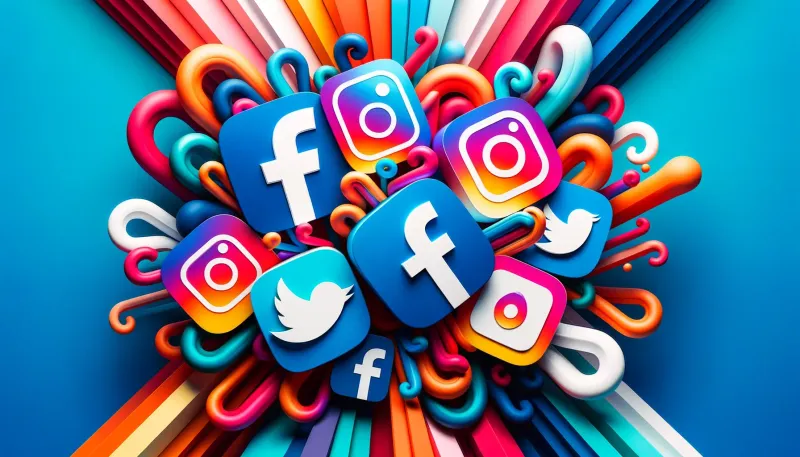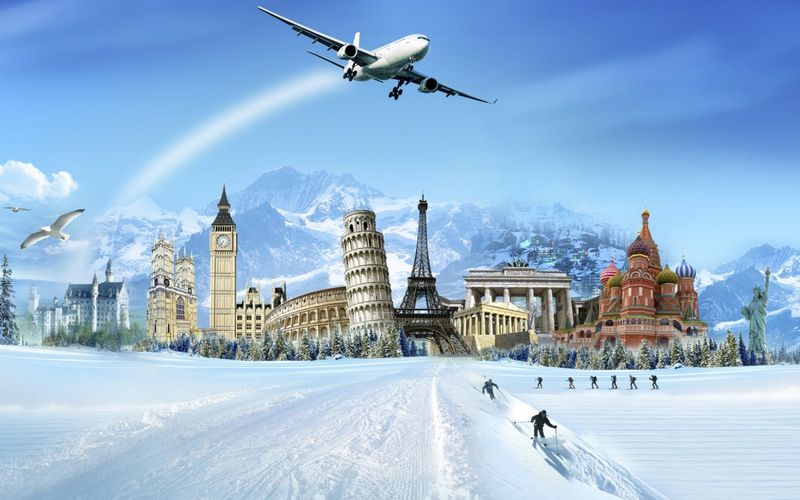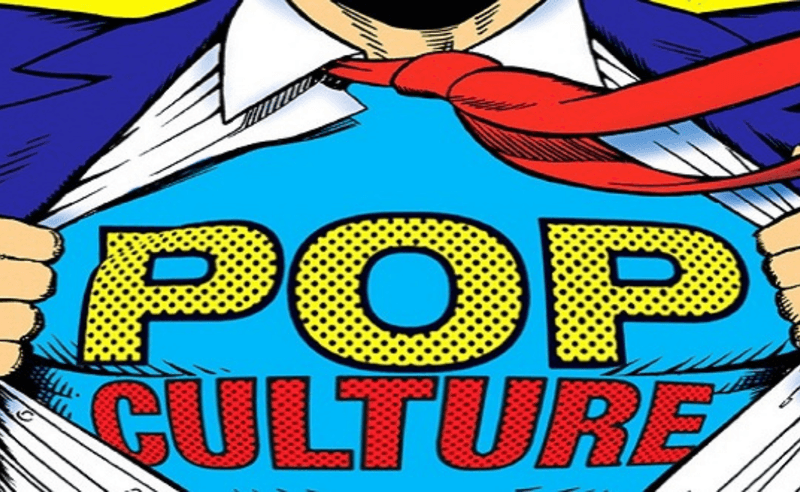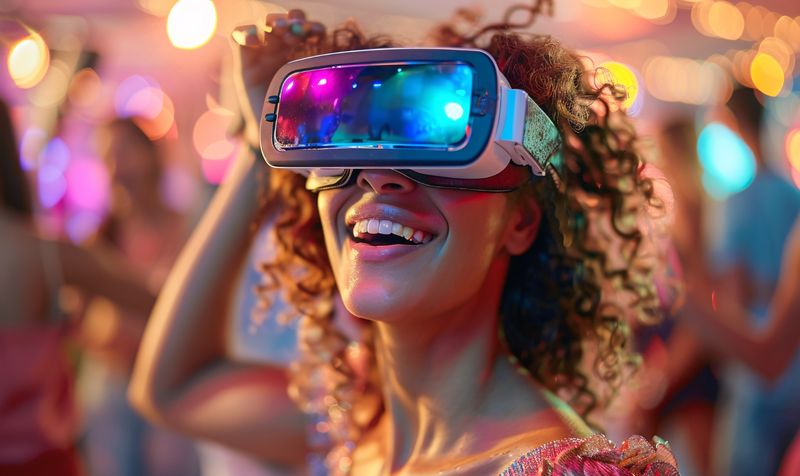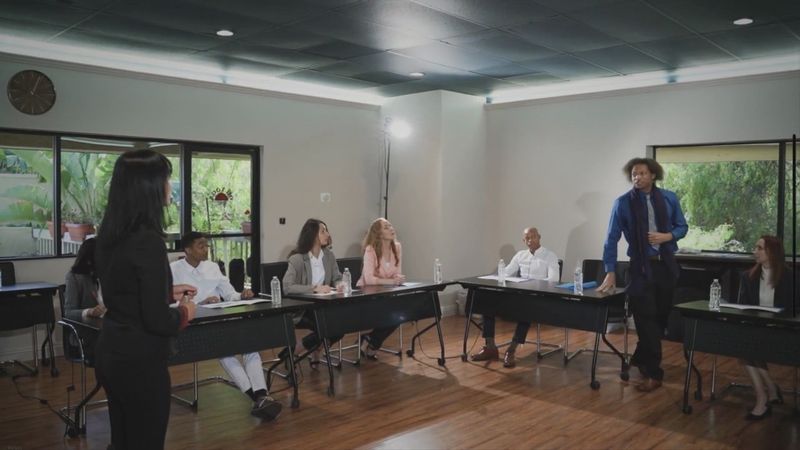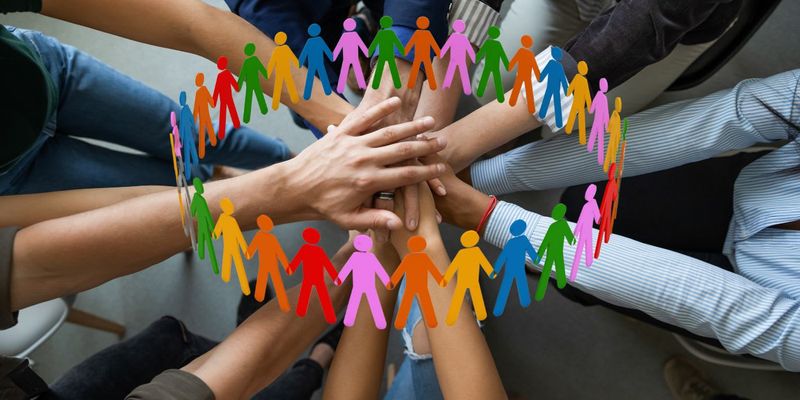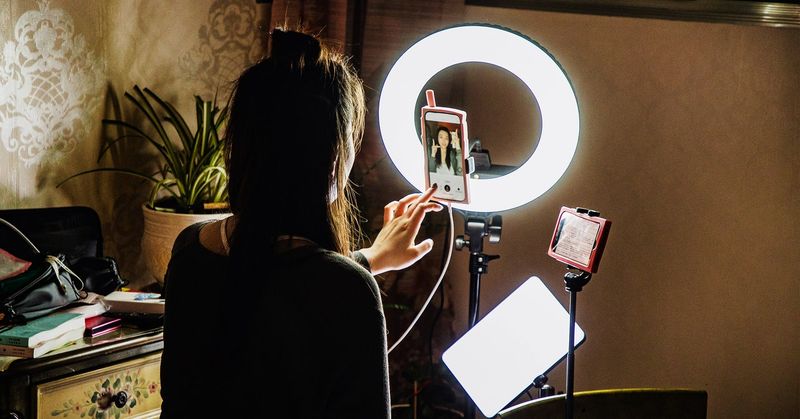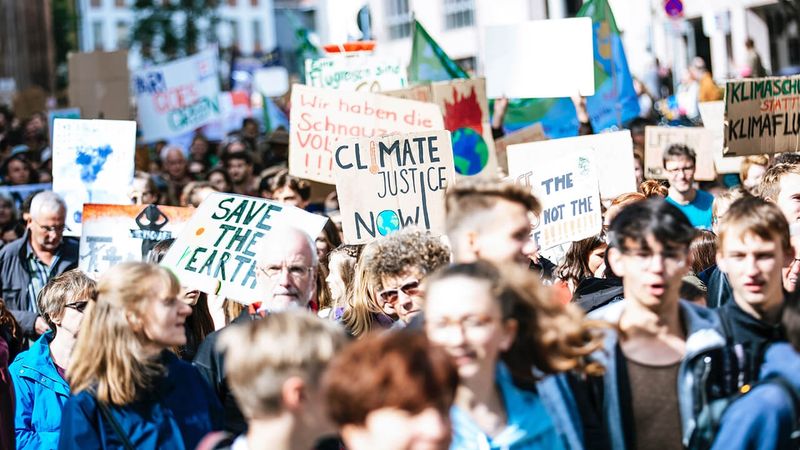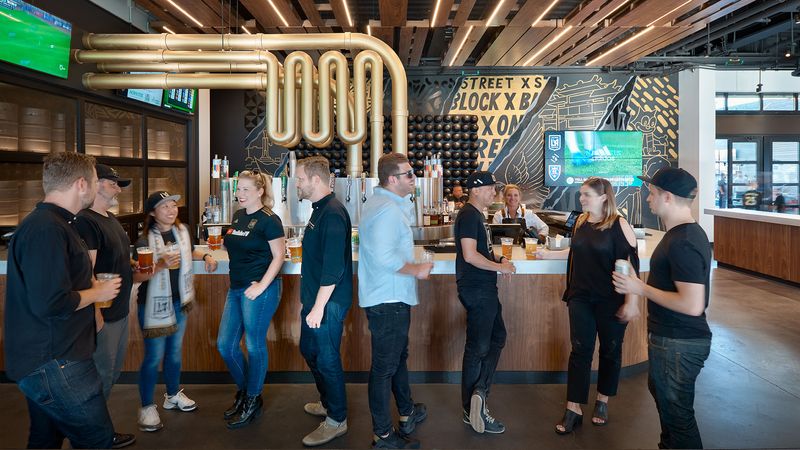Socializing has undergone a remarkable transformation since the 1980s. From how we communicate to the places we gather, the essence of connecting with others has shifted dramatically. In this blog post, we’ll explore 15 distinct ways in which socializing has evolved over the decades, capturing the essence of a changing world. Each item highlights a unique aspect of this evolution, offering a glimpse into the past and present, enriched by technology, culture, and societal trends. Dive into these fascinating changes and discover the vibrant tapestry of modern social interaction.
Rise of the Internet
The internet has revolutionized socializing by breaking down geographical barriers. In the 80s, communication was limited to phones and handwritten letters. Today, the world is at our fingertips.
Early internet chatrooms paved the way for instant communication, enabling people to connect in real-time. The digital landscape has expanded, bringing social media platforms that allow sharing experiences with a global audience.
This connectivity has fostered diverse friendships and communities, yet it also presents challenges like online privacy. Embracing the internet has redefined the way we socialize, blending virtual and real-life interactions seamlessly.
Social Media Platforms
Social media has transformed socializing since the 80s, offering new ways to connect. Back then, meeting friends meant face-to-face interactions. Now, platforms like Facebook shape our social lives.
These platforms enable us to stay in touch, celebrate milestones, and share ideas. Social media’s influence extends to forming communities around shared interests and causes.
While it enhances connections, it also poses issues like cyberbullying. Navigating social media requires balance, mixing virtual engagement with real-world relationships. The evolution of social media illustrates a major shift in how we build and maintain connections.
Text Messaging
Text messaging has drastically changed communication since the 80s. Back then, people relied on landlines and face-to-face meetings. Today, texting is a primary mode of communication.
It offers quick, convenient exchanges, allowing us to stay in touch without lengthy conversations. Texting is versatile, supporting casual chats and urgent updates alike.
However, the brevity of texts can lead to miscommunication. Balancing between text and voice communication is essential. Texting’s evolution from simple messages to multimedia exchanges reflects a significant shift in how we connect.
Video Calls
Video calls have become a staple in modern socializing. In the 80s, long-distance communication was costly and limited. Today, platforms like Zoom enable face-to-face interaction anywhere.
Video calls bridge distances, allowing personal connections despite geographical barriers. They’re used for both personal catch-ups and professional meetings.
This technology has enhanced social bonds, especially during times when physical presence is impossible. The convenience of video calls has made them an integral part of our social toolkit, offering a visual connection in a digital world.
Online Dating
Online dating has revolutionized the way people meet since the 80s. Back then, finding a partner often involved social events or blind dates arranged by friends.
Today’s dating apps provide a platform to meet potential partners from diverse backgrounds. They offer convenience and a wider pool of options, reflecting changing societal norms around dating.
While online dating allows for tailored matches, it also introduces challenges such as maintaining authenticity and safety. Navigating these platforms with awareness can lead to meaningful connections, illustrating a modern approach to finding love.
Global Travel and Networking
Global travel and networking opportunities have expanded significantly since the 80s. Back then, international travel was less accessible for many.
Today, affordable flights and networking events facilitate connections across borders. This global reach has enriched personal and professional relationships, offering diverse cultural exchanges.
While travel enhances socializing, it also requires cultural sensitivity and adaptability. Embracing these opportunities allows for a broadened worldview and enriched interactions, reflecting the interconnected nature of modern socializing.
Influence of Pop Culture
Pop culture has played a pivotal role in socializing since the 80s. Back then, pop culture was shaped by movies, music, and television, influencing fashion and lifestyle.
Today, it extends to social media influencers and viral trends, impacting how people connect. Shared cultural references create bonds among individuals with similar interests.
However, the rapid pace of trends can lead to fleeting connections. Engaging with pop culture offers a way to relate to others, fostering connections through shared experiences and conversations.
Virtual Reality Experiences
Virtual reality (VR) has transformed socializing by offering immersive experiences. In the 80s, such technology was a distant dream.
Today’s VR platforms allow users to interact in simulated environments, enhancing social experiences. From virtual parties to collaborative gaming, VR adds a new dimension to socializing.
While VR offers unique opportunities, it also challenges traditional face-to-face interactions. Balancing virtual and real-world experiences is crucial. Embracing VR enriches social interactions, offering innovative ways to connect.
Workplace Social Dynamics
Workplace social dynamics have evolved dramatically since the 80s. Back then, office interactions were often formal and hierarchical.
Today, open-plan offices and digital communication tools foster collaboration and informal interactions. Emphasis on team-building and inclusivity shapes modern workplace culture.
This shift promotes creativity and camaraderie but also requires navigating diverse social landscapes. Adapting to these changes enhances professional relationships, reflecting a more inclusive approach to workplace socializing.
Community Engagement
Community engagement has transformed since the 80s, with technology playing a key role. Back then, engagement was often limited to local events and newsletters.
Today, online platforms facilitate community building, connecting people with shared interests. Virtual events and social media groups enhance community participation.
Despite digital advancements, traditional face-to-face interactions remain vital. Combining online and offline engagement enriches community bonds, illustrating an evolved approach to social participation.
Changing Family Dynamics
Family dynamics have shifted since the 80s, influenced by technology and cultural changes. Back then, family interactions often centered around shared meals and activities.
Today, digital devices play a significant role in family communication, offering both convenience and distraction. Balancing screen time with quality family interactions is essential.
This evolution reflects broader societal trends in communication and lifestyle. Embracing these changes enriches family bonds, offering diverse ways to connect and share experiences.
Live Streaming Culture
Live streaming has added a new dimension to socializing. In the 80s, broadcasting was limited to television and radio.
Today, platforms like Twitch and Instagram Live allow individuals to share real-time experiences with a global audience. This creates interactive and immediate connections.
While live streaming fosters engagement, it also raises privacy concerns. Navigating these platforms responsibly enhances social interactions, offering a dynamic way to connect with others.
Social Movements and Advocacy
Social movements have gained momentum since the 80s, driven by digital communication. Back then, activism relied on physical gatherings and print media.
Today’s online platforms amplify voices, mobilizing support for causes worldwide. Social media hashtags and viral campaigns bring issues to the forefront.
While digital advocacy empowers change, it also requires commitment to authenticity. Engaging in social movements through both digital and real-world actions fosters meaningful connections and drives positive impact.
Redefined Friendship Norms
Friendship norms have evolved significantly since the 80s. Back then, friendships were often formed through schools or local communities.
Today, digital platforms enable connections across diverse backgrounds and interests. Virtual game nights and online groups redefine how friendships are built and maintained.
While technology facilitates connections, it also requires nurturing genuine relationships. Balancing digital and in-person interactions enriches friendships, reflecting modern social dynamics.
Evolving Entertainment Venues
Entertainment venues have evolved since the 80s, reflecting changes in socializing. Back then, concerts and cinemas were primary gathering spots.
Today, venues offer diverse experiences, from immersive theater to digital concerts. Technology enhances these experiences, offering unique ways to enjoy entertainment.
While venues adapt to modern trends, they also maintain traditional elements. Embracing these changes enriches social experiences, offering diverse and exciting ways to engage with entertainment.


